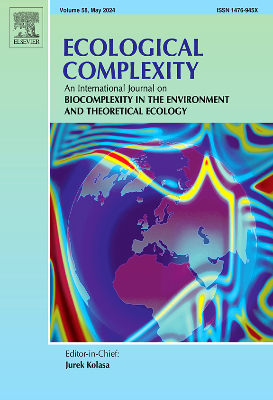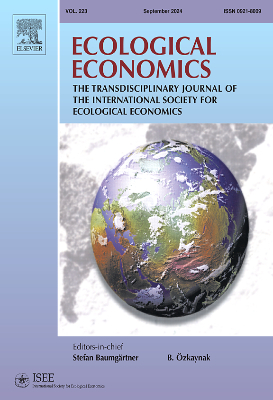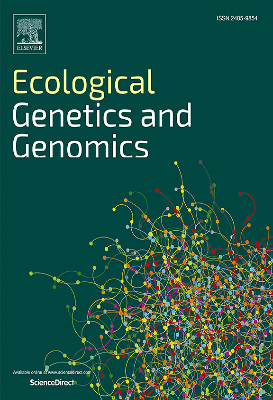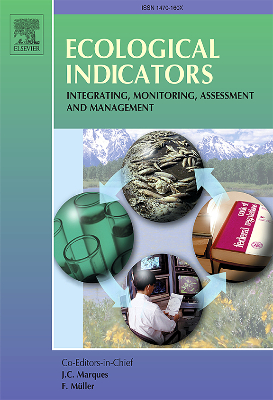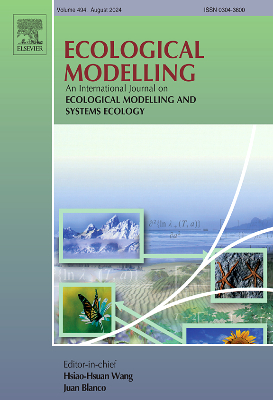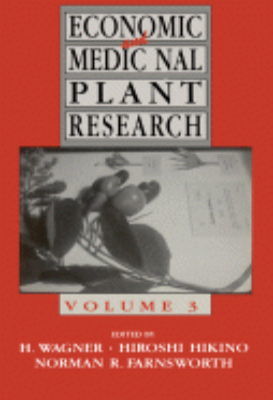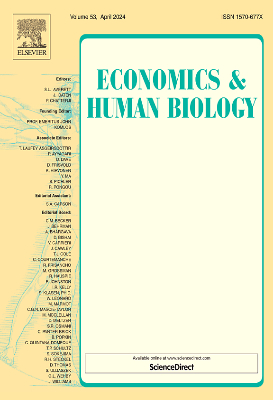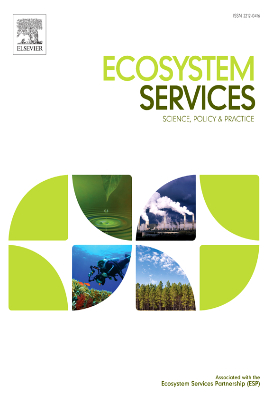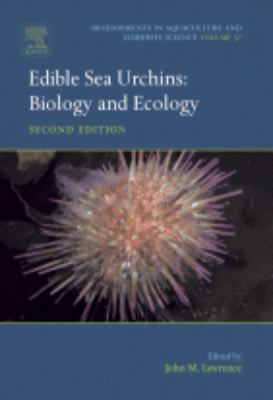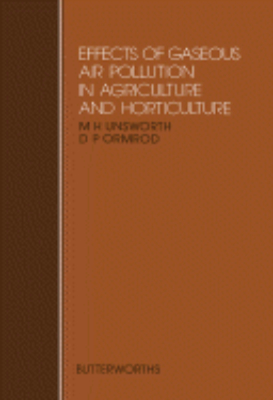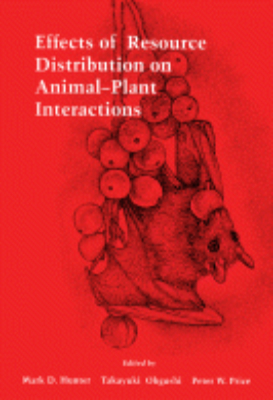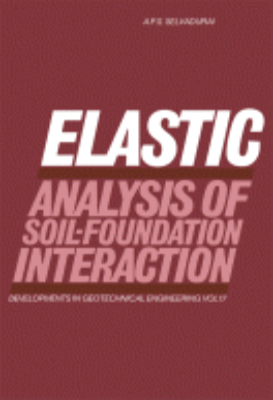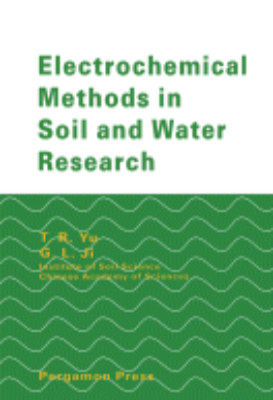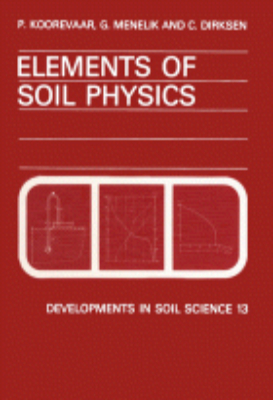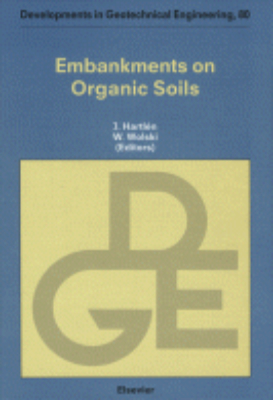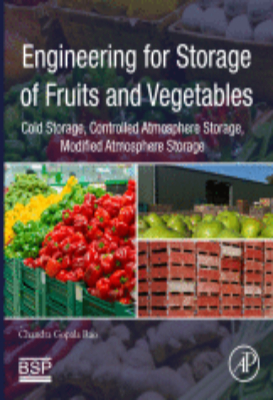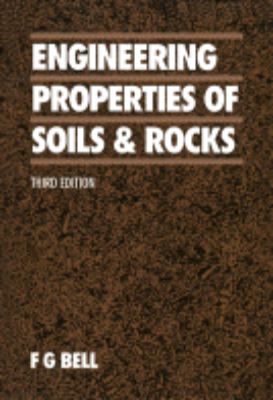Agricultural Science
Ecology of Soil Seed Banks
Ecology of Soil Seed Banks examines the factors that influence seed bank dynamics and the variety of patterns found among different species. This book presents seed banks in a community context to explore the ecological implications of different patterns, and thus begin the development of a synthesis by comparing various communities. Organized into five parts, this book first examines the general processes that influence inputs or losses from the seed bank, including predation, dormancy/germination mechanisms, and their evolutionary importance. Then, this text examines seed banks in a community context. Only eight vegetation types are included, but the range in diversity of life form, length of growing season, and dominant environmental conditions allow comparisons of seed bank patterns. This book also explores the role of seed banks in vegetation management. This reference material will be a valuable reference material to population and community ecologists and managers. Evolutionary consequences of seed banks should be of interest to population and theoretical biologists.
Economic and Medicinal Plant Research
This series identifies areas of research in natural plant products that are of immediate or projected importance from a practical point of view. It reviews these areas in a concise and critical manner. Graduate students, researchers will find the timely reviews presented here to be invaluable. Decision makers in industry and government agencies will also find the material beneficial.
Economic Aspects: Fisheries and Culture
The Biology of Crustacea, Volume 10: Economic Aspects: Fisheries and Culture focuses on economic aspects of elements of crustacean biology associated primarily with the production of human food, namely, fisheries and culture. Organized into five chapters, this book deals first with the groups comprising the commercially important shrimps and prawns and their near relatives, as well as the generally used fishing method. It then describes the role and impact of body form in the biology and especially the fisheries of crabs. Subsequent chapter centers on lobsters and their kin, particularly the impact on fisheries methods and management approaches of behavioral responses to environment, modes of reproduction, recruitment, and population dynamics. Culture methods and factors important in managing systems through water quality control are then reported. Lastly, large-scale culture of major decapod groups, including the general biological characteristics of decapods relevant to aquaculture, is presented. This book will help stimulate the further exploration of some of the most fascinating and exciting problems in applied crustacean biology.
Education and Training in Food Science
This book reviews the need for increased training in the food industry in order to bridge the gap between Eastern and Western Europe and the USA. Higher education in food science is discussed, including the training of technicians, and European initiatives, including ERASMUS and Network, are also described. Full coverage of the importance of international trade and the consumer protection acts, including a look at the need of various groups, is provided and the book closes with a look towards the future.
Effects of Gaseous Air Pollution in Agriculture and Horticulture
Effects of Gaseous Air Pollution in Agriculture and Horticulture focuses on the impact of air pollution on agriculture and horticulture. This book discusses the existence of significant concentrations of gaseous pollutants in several agricultural regions of industrialized countries, which is facilitated by improved instrumentation and monitoring networks. Organized into six parts encompassing 49 chapters, this book begins with an overview of the two aspects of distribution of gas pollutants. This text then considers a technique for estimation of dose from measurements of gas concentration and stomatal conductance. Other chapters provide examples of monitoring of air-pollution effects on plants, with emphasis on both the concentrations and effects of air pollutants as they complement each other. This book discusses as well the formation and mechanism of action of nitrogen oxides. The final chapter deals with the peroxidation of membrane lipids. This book is a valuable resource for agriculturists, horticulturists, and scientists.
Effects of Poisonous Plants on Livestock
Effects of Poisonous Plants on Livestock documents the proceedings of a U.S.-Australian symposium on the effects of poisonous plants on domestic livestock. The symposium was held at Utah State University in Logan, Utah, on 19-24 June 1977. The volume is organized into eight parts. Part I discusses poisonous plant problems in the United States and Australia. Part II contains papers on general topics such as inorganic toxicants and poisonous plants; the hazard of plant toxicities to the human population; and selenium in plants as a cause of livestock poisoning. Part III examines the effects of simple phytotoxins such as selenium and oxalate on livestock. Part IV focuses on the effects of plant hepatotoxins, including pyrrolizidine alkaloids, Artemisia nova, and Tetradymia spp. Part V deals with plant cardio/pulmonary toxins such as Myoporum spp. and Pimelea spp. Part VI tales up plant neurotoxins while Part VII discusses plant teratogens and toxins affecting reproduction. Part VII presents studies on other toxic substances. It includes studies on oak poisoning and pine needle abortion in cattle.
Effects of Resource Distribution on Animal Plant Interactions
Aimed primarily at advanced graduate students and professional biologists, this book explores the degree to which animal*b1plant interactions are determined by plant and animal variability. Many of the patterns seen in natural communities appear to result from cascading effects up as well as down the trophic system. Variability among primary producers can influence animal and plant population quality and dynamics, community structure, and the evolution of animal*b1plant interations.
Electrocardiography of Laboratory Animals
"Electrocardiography of Laboratory Animals is the only book covering electrocardiography of laboratory animals, including dogs, mini-pigs, and cynomologus monkeys. As more countries institute requirements for the care of laboratory animals in research, this publication offers an effective standard on performing and analyzing ECGs. Topics covered include safety electrocardiography, toxicology, safety pharmacology, and telemetry. Electrocardiography of Laboratory Animals will assist biological and medical researchers, veterinarians, zoologists, and students in understanding electrocardiography of various species of animals used in research. Key Features. Covers safety electrocardiography of large laboratory animals. Offers comprehensive analysis of ECGs for practical laboratory use. Includes a self-evaluation section for testing of ECG reading and analysis"
Electrochemical Methods in Soil and Water Research
This book deals with the principles and practices of electrochemical methods as applied to soil and water research, particularly those that can be carried out in the field. Beginning with the basis of potentiometric methods, including electrode potential, principles of potentiometric methods, reference electrodes, liquid-junction potential and characteristics of ion-selective electrodes, the author then proceeds to describe the properties and applications of various types of potentiometric electrodes, including glass, solid-state membrane, liquid-state membrane, oxidation-reduction and gas sensors. A special chapter devoted to commonly encountered problems will aid readers not familiar with potentiometric methods. Voltammetric methods, conductometric methods and electrochemical instruments are also discussed.
Emergency Procedures for the Small Animal Veterinarian
The second edition of the hugely successful Emergency Procedures for the Small Animal Veterinarian gives vets all the information they need to form a diagnosis quickly and accurately, establish a prognosis and recommend treatment for a patient suffering an illness, injury or toxic event. Easy-to-read bullet-point text gives quick access to the most essential information needed to treat emergency cases quickly and efficiently. Extensive practical appendices provide easy reference to essential data including commonly used drugs and supplements, drugs in special circumstances (e.g. safe drugs in pregnancy, drugs to avoid in renal failure etc), clinical chemistry and laboratory data, conversion tables and much more. With step-by-step coverage of cardiopulmonary emergencies, trauma gastrointestinal emergencies, toxicological events, a greatly expanded chapter on exotic pets, and much more, Emergency Procedures for the Small Animal Veterinarian provides all the facts vets need to help them save more lives faster!
Engineering for Storage of Fruits and Vegetables
Engineering for Storage of Fruits and Vegetables is a comprehensive reference that provides an understanding of the basic principles of cold storage load estimation, refrigeration capacity calculations for various types of cold storages, and other topics of evaporative cooling, thus demonstrating the important principles for designing low cost precooling chambers. The book is written in an accessible manner to provide a solid understanding of different environments and their considerations to give readers the confidence they need to design suitable packaging materials by understanding parameters, including reaction rates, deteriorative reactions, Arrhenius equations, Q10, K, D, Z parameters, and their influence on reaction rates.
Engineering Properties of Soils and Rocks: 1983
Engineering Properties of Soils and Rocks, Second Edition provides a survey of the engineering properties of the major types of soil and rock. The book is comprised of nine chapters that tackle the various aspects of soils and rocks. Chapter 1 covers the origin of soil and the basis of soil classifications. Chapters 2 to 5 discuss the different types of soils, such as coarse grained soils, cohesive soils, and organic soils. Chapter 6 deals with the engineering behavior of rock masses, while Chapter 7 talks about the engineering classifications of weathered rocks and rock masses. Chapter 8 discusses the engineering properties of rocks, and Chapter 9 covers subsurface waters and ground conditions. The text will be of great use to both undergraduate students and practitioners of engineering geology, civil engineering, and mining engineering.
Engineering Properties of Soils and Rocks: 1992
Engineering Properties of Soils and Rocks, Third Edition serves as a guide to the engineering properties and behavior of soils and rocks. The text also complements other texts on rock and soil mechanics. The book covers topics such as the properties and classification of soils such as tills and other kinds of soils related to cold climates, tropical soils, and organic soils such as peat. The text also includes the engineering behavior and properties, classification and description, discontinuities, and weathering of rocks and rock masses. The monograph is recommended for engineers who would like to know about the properties of soils and rocks and the application of their study in the field of engineering.




